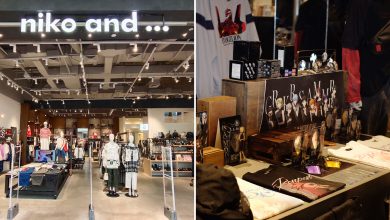KUALA LUMPUR, MALAYSIA – Legoland Malaysia Resort has appointed Mutant Communications as its public relations agency of record for both the Malaysia and Singapore markets. The appointment, announced after a competitive pitch involving more than 30 agencies marks a key milestone in Legoland Malaysia’s ambition to further cement its place as Southeast Asia’s premier family entertainment destination.
The one-year retainer was secured in May 2025 with an option to renew, positions Mutant as the strategic lead for the resort’s integrated communications efforts, encompassing media and influencer relations, campaign ideation and brand storytelling. The agency’s remit spans new attraction launches, seasonal events, and ongoing initiatives that bring the resort’s signature brick built wonder to life.
“At LEGOLAND Malaysia Resort, we believe in the power of storytelling to spark imagination and bring people together,” said Thila Munusamy, Director of Sales and Marketing at Legoland Malaysia Resort. “As we continue building awesome experiences for guests of all ages, we’re thrilled to partner with Mutant, an agency that truly understands how to craft meaningful narratives and create buzz across borders. Together, we’re set to make 2025 our most exciting year yet, full of cherished memories for families, fans, and future builders.”
Mutant will support campaign ideation, media relations, and regional publicity across both markets, tapping into its strong media and influencer networks to drive awareness and brand love through a cohesive cross-market communications strategy. The agency is kicking off the partnership with the launch of Legoland’s third annual Splash Carnival, a water-themed celebration running from 3 July to 3 August 2025 that’s packed with fun activities and live musical performances.
“Mutant was built on the belief that bold, imaginative storytelling has the power to move people, and no brand embodies that spirit more than Legoland,” said Archana Menon, Country Manager at Mutant. “We’re honoured to partner with Legoland Malaysia Resort to drive creative campaigns that spark joy, curiosity, and connection. From immersive media experiences to regionally resonant narratives, we’re excited to help bring their brick-built magic to life across Malaysia and Singapore.”
Legoland joins Mutant’s growing regional client list, which includes SEEK, PepsiCo, 100PLUS and F&N Magnolia – further cementing the agency’s reputation as a trusted partner for bold, experience-led brands across Southeast Asia.








